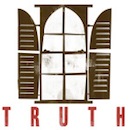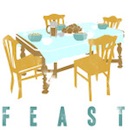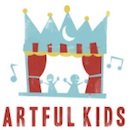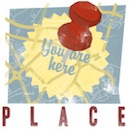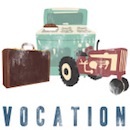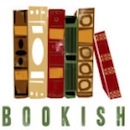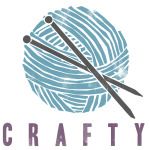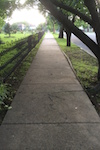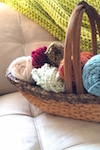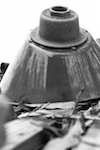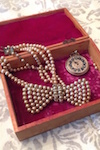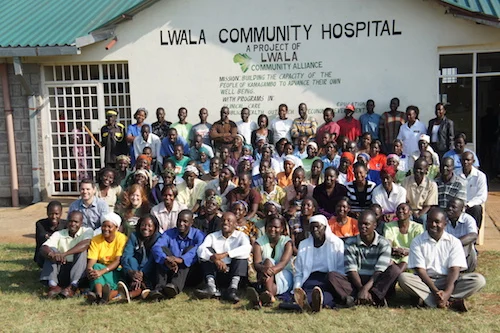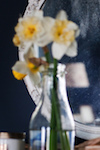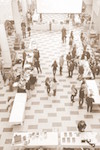 In the midst of all of this, I overheard the old saying: That which doesn’t kill you makes you stronger. It stuck with me, turning over in my mind as I held Dad’s hand in the hospital or rubbed my daughter’s back as she hunched over a bucket by our bed.
In the midst of all of this, I overheard the old saying: That which doesn’t kill you makes you stronger. It stuck with me, turning over in my mind as I held Dad’s hand in the hospital or rubbed my daughter’s back as she hunched over a bucket by our bed.
The reason I kept thinking about this cliché is that it rang so hollow to me. I do not feel that these hard days, these stresses and sorrows and challenges, make me stronger. At the end of these three weeks, I feel profoundly weak and vulnerable.
